The first part of the Strada Nova route was a canal, called Rio del Isola. It formed an angle, creating a small triangular island which never had a proper name, hence the generic isola – ‘island.’
Strada Nova
This post is part of a series on the changes made to create the Strada Nova, which connects the railroad station with the Rialto area.
The name Rio del Isola was not unique in Venice. In some sources, it appears therefore as Rio del Isola a San Geremia or Rio del Isola in Lista di Spagna.
The continuation from where the Rio del Isola turned, until the Campo di San Geremia, is the Lista di Spagna.
The Venetian word Lista or Lizza traditionally indicated the presence of a foreign ambassador. In fact, the ambassador from the Spanish Empire had his residence in a palace at the corner of the no longer existing canal.
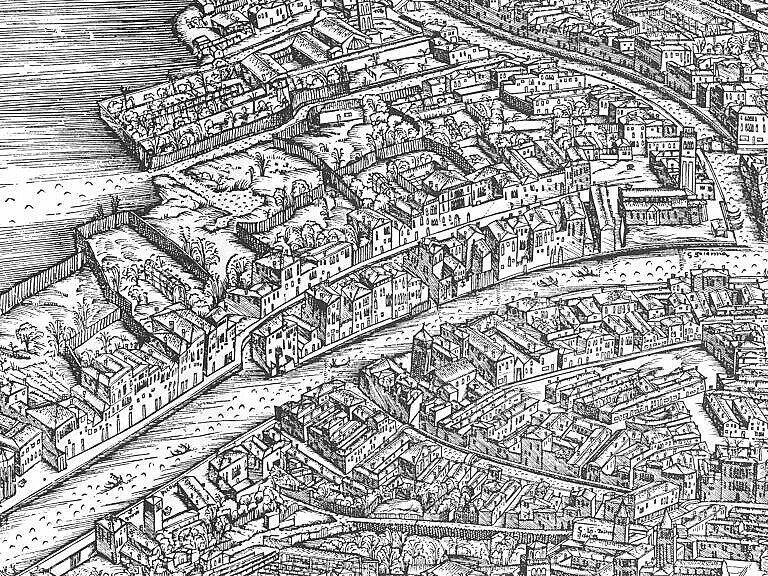
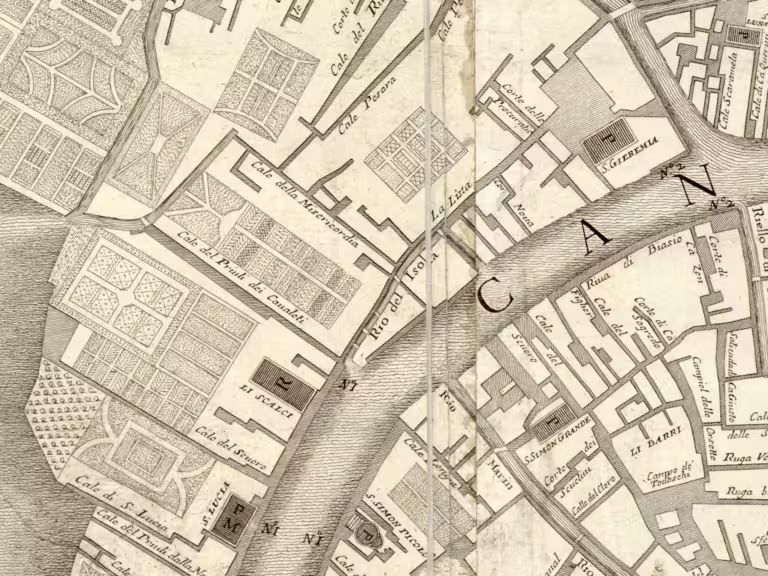
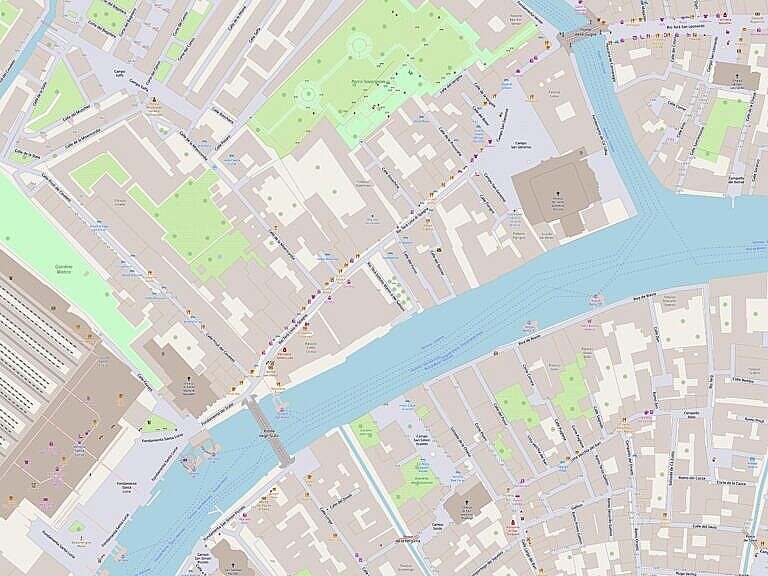
A minor canal
The Rio del Isola wasn’t a vital canal for the people in the area. It silted up easily due to limited tidal flow, and repeated dredging fell on the public purse.
For pedestrians, the canal had a narrow fondamenta (sidewalk) on one side, with only one public bridge for access to the nameless island. There were several private bridges serving individual palaces.

Unfortunately, it was not possible to fill in the canal because the Spanish ambassador needed it for access by boat to his residence. The façade of the residence of the Spanish ambassador was half on the canal and half on the Lista di Spagna.
Venice was not yet a pedestrian city, and high status persons mostly moved around the city by boat.
However, with the fall of the Republic, the post of Spanish ambassador to Venice disappeared.
As we saw with of the church of Santa Lucia, the planned arrival of the railroad in Venice in the 1840s caused many changes.
The narrow fondamenta was not sufficient for the expected increase in pedestrian traffic once the railroad became operational. It would doubtlessly have become a bottleneck.
Interment of the canal
The response of both the provincial, Austrian dominated, administration and the local, municipal administration, still dominate by the old Venetian aristocracy, was to remove the canal.
The municipal congregation made the formal decision on December 31st, 1845, and they published an announcement on January 5th, 1846. Things moved slowly, however. The work didn’t start until the summer of 1846, and they finished the next summer.
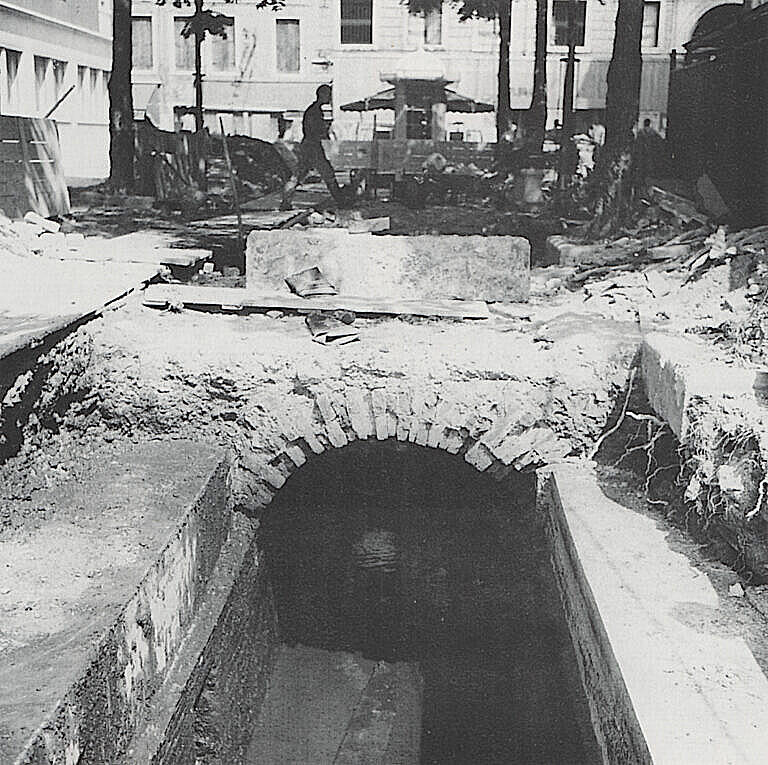
The canals in Venice also served for the disposal of sewage. A canal cannot therefore simply be removed and forgotten. It must be replaced by a sewer under the new pavement, of sufficient size for the number of houses and residents in the area.
The initial project for the interment of the canal had too small a sewer, requiring adjustments to the project. Also, the sewer under the adjacent Lista di Spagna needed repairs.
The formal acceptance of the finished work was planned for January 1849. Due to unforeseen circumstances, the Venetian insurgence against the Austrian domination, that date didn’t hold, but the work was accepted by the Provisional Venetian Government in April 1849.
The original sewer had a brick vault construction. It was replaced with a cement structure in the 1960s.
Now?
Today, there are no signs of the interred canal. Not even the name remains.
The filled-in Rio del Isola and the Lista di Spagna today share the rather odd name of Rio Terà Lista di Spagna. However, the Lista di Spagna was never a canal, and it is therefore not a rio terà.
A plaque from 1846 with an inscription commemorating the interment of the canal now appears on an office building in the station square. Originally, it was at the start of the interred canal.
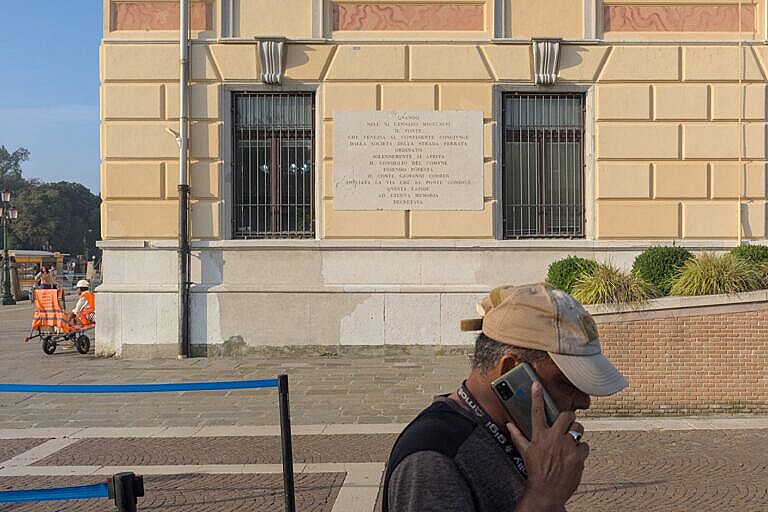
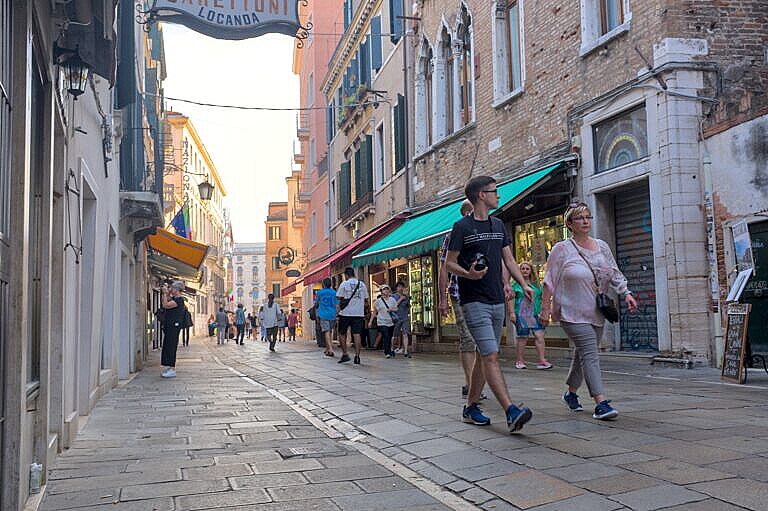
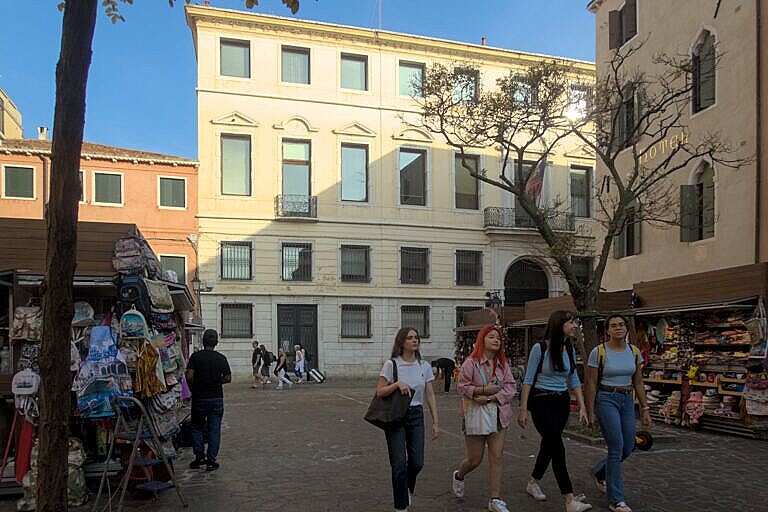
Bibliography
Tassini, Giuseppe. Curiosità Veneziane ovvero Origini delle denominazioni stradali di Venezia. 1863.
Zucchetta, Gianpietro. Un'altra Venezia : immagini e storia degli antichi canali scomparsi. Venezia, 1995.
Localities
This is the second part of a series on the changes made to create the Strada Nova, which connects the railroad station with the Rialto area. The Strada Nova is arguably the beginning of mass tourism in Venice.
The previous post covers Santa Lucia and Corpus Domini, and the next the Rio di San Leonardo.
Curiosità Veneziane by Tassini has entries on the Lista di Spagna and Sabbioni.


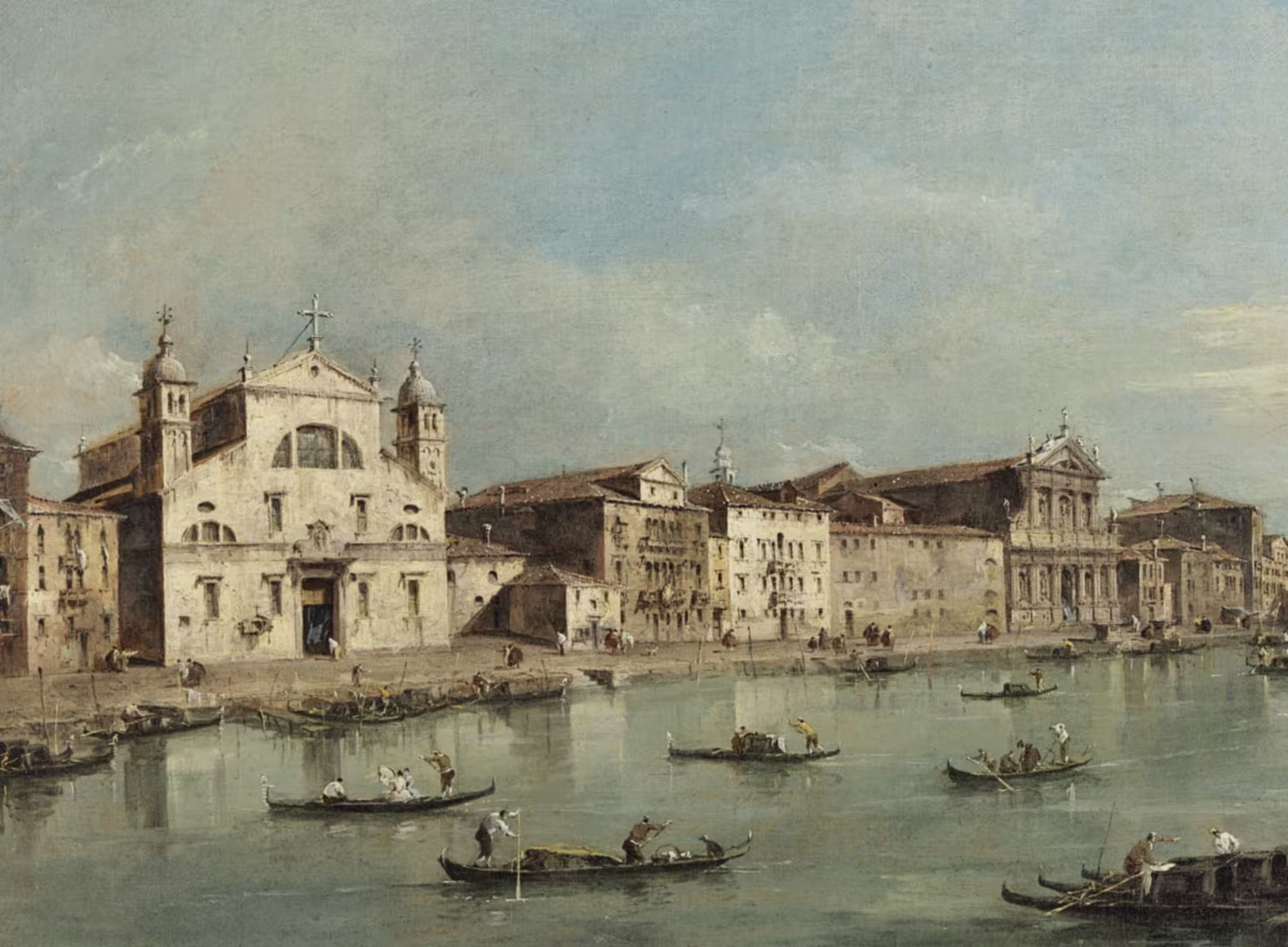
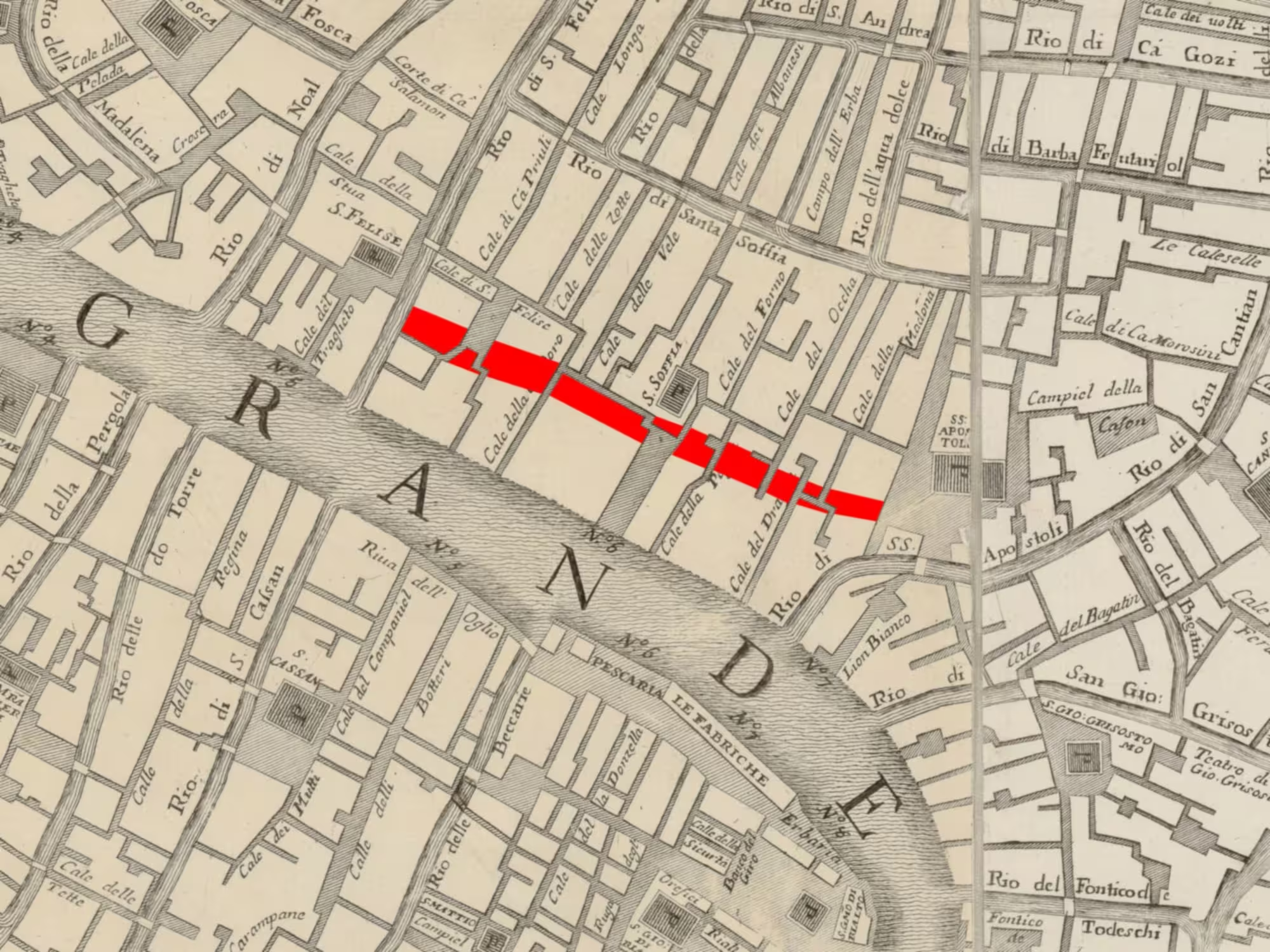

Leave a Reply